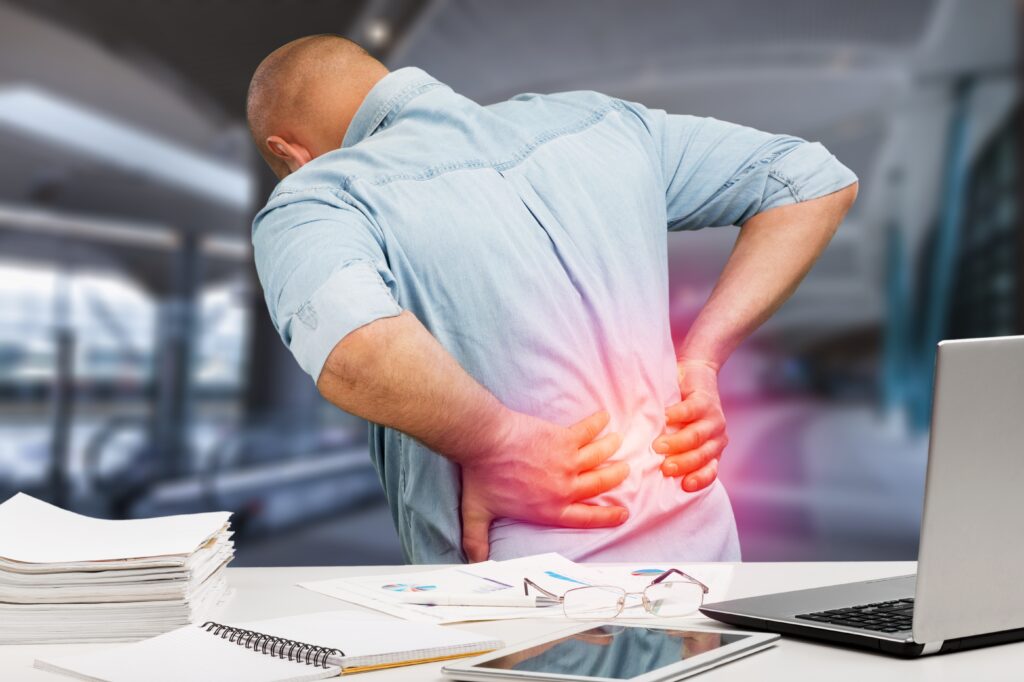Back pain is a common problem that affects people of all ages. In fact, almost everyone will experience back pain at some point in life. Because it can limit daily activities, understanding back pain is important. This blog explains what back pain is, its causes, symptoms, diagnosis, and the best ways to find relief. If you are looking for chronic back pain relief or want to know about back pain treatment options, read on.
What Is Back Pain?
Back pain is discomfort or pain felt in the back. It can happen anywhere along the spine, but lower back pain is most common. Sometimes, the pain is mild and goes away quickly. Other times, it can last for weeks or even months. When back pain lasts longer than three months, it is called chronic back pain. Because back pain can affect work, sleep, and daily life, it is important to know how to manage it.
Common Causes of Back Pain
Many things can cause back pain. Often, the pain starts after lifting something heavy or making a sudden movement. However, sometimes it develops slowly over time. Here are some common causes:
Sometimes, back pain has no clear cause. Even so, it can still be treated.
Recognizing Symptoms of Back Pain
Back pain can feel different for each person. For example, some people feel a dull ache, while others feel sharp or stabbing pain. Common symptoms include:
If you notice these symptoms, it is important to pay attention. Sometimes, back pain can signal a more serious problem.
How Back Pain Is Diagnosed
Doctors use several steps to find the cause of back pain. First, they ask about your symptoms and medical history. Next, they perform a physical exam. Sometimes, tests are needed to check for injuries or other problems. These may include:
With the right diagnosis, you can get the best back pain treatment options for your needs.
Effective Treatment Options for Back Pain
There are many ways to treat back pain. The right treatment depends on the cause and how severe the pain is. Here are some common options:
For chronic back pain relief, combining several treatments often works best. Always talk to your doctor before starting any new treatment.
Lifestyle Tips and Prevention
Although back pain is common, you can lower your risk. Here are some tips to help prevent back pain:
By following these tips, you can help prevent back pain and improve your overall health.
When to See a Doctor
Most back pain gets better with simple care. However, you should see a doctor if:
These signs may mean a more serious problem. Early treatment can help prevent long-term issues.
Back pain can be managed with the right care. For personalized back pain management, consult an orthopedic specialist.
